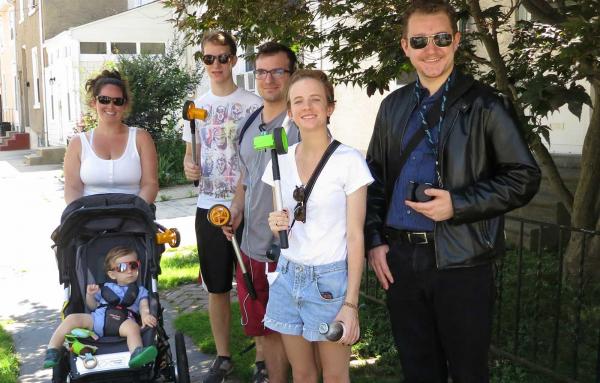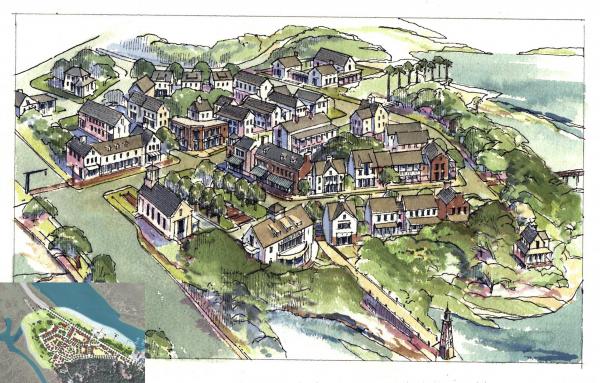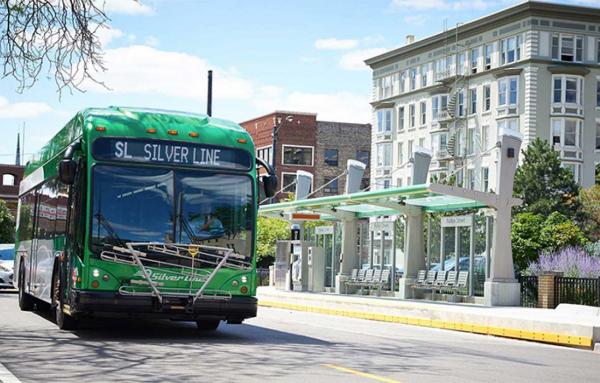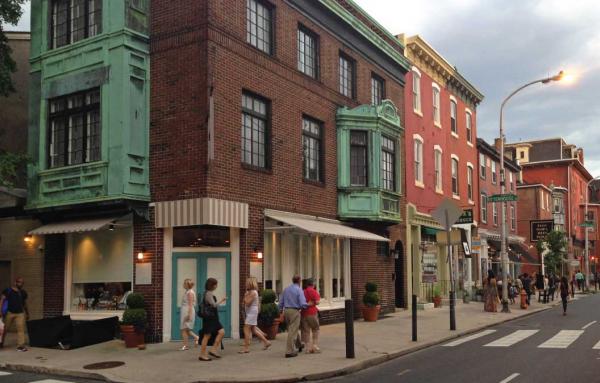Policy
Transect-based Lean Codes have compact formats, bare-bones standards, and lighter (pink) red tape, in contrast to the excessive controls, redundancies, contradictions, delays, and unintended consequences created by conventional zoning.
Are your parking rules the actual urban design guidelines for your community? Drawing up a couple of site plans using your current rules may reveal some ugly reality.
Thanks to the good folks at Kronberg Wall Architects and Urbanists for this great...
Let’s Move Nashville is a transformative transit initiative that is now in front of the electorate—alternative futures for the city are at stake.
Downtown has come back to life while the city is building a transit framework for walkable, mixed-use growth along corridors.
A citywide comprehensive plan joins progressive vision with detailed implementation.
Sometime this century—perhaps in the next decade—America will be physically repurposed in a new urban form that is different from sprawl or 19th Century gridded towns. Is CNU ready to lead when that happens?
In Boston, a Transportation Department guide lays out a vision for streets as shared public spaces.
The issue has changed from whether the city will grow to how and for whom the development is taking place.
A sprawling land that’s crossed by freeways—put a few thousand down and rent a room. Be a part of the next technology boom.
Although market urbanists like walkable urbanism, they often focus on issues that are not at the core of New Urbanism.
The first national summit is coming on accessory dwelling units, the small housing type that has big potential.
Walkable places are vital to health and welfare—and contrary to perceptions, they also reduce household costs.











